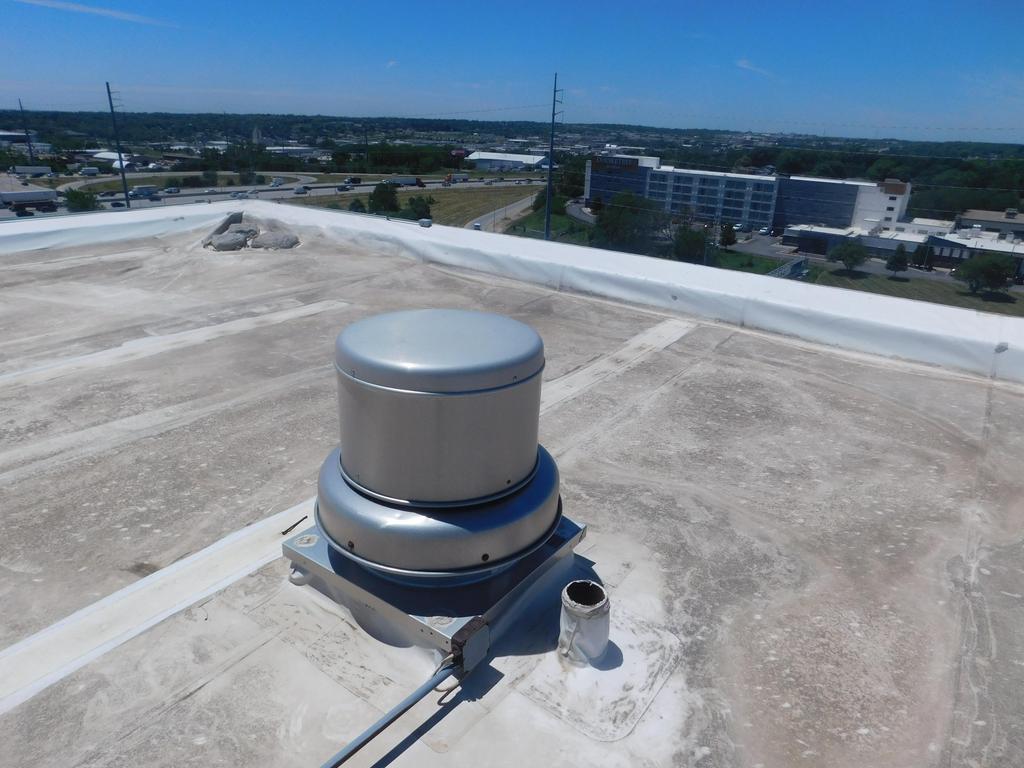Hail Damage
Like asphalt shingle roof systems, low-slope or commercial roof systems can be susceptible to hail and/or wind damage. Hail damage to commercial roof systems can be extremely obvious or near impossible to see with the naked eye.
Obvious hail damage takes the form of spiderweb-like cracking to TPO and PVC membranes or granule-loss/bruising on modified bitumen membranes.
Less obvious damage can leave the membrane without severe damage but with the underlying substrate compromised.
There are several factors that can influence whether hail causes damage to your roof system, including:
- Size and density of the hailstones
- Wind speed and direction of the storm
- Age and type of roof covering
- Substrate density beneath the membrane (high-density or rigid coverboards protect better against hail than faced polyiso or EPS insulation)
It is important to have your building’s roof system inspected after hail-producing storms. Damage from these storms, whether to the membrane or the substrate, can affect long-term performance of the system and even void warranties.
If you are concerned about the presence of hail damage on your building’s roof system, we are happy to assist with a free assessment.
Wind Damage
Like hail damage, wind damage to commercial roof systems can manifest in a few ways, some more obvious than others.
If your roof has partially or completely blown off, it is a clear and obvious sign that wind damage has affected it. However, just because your roof system is still in place does not mean that it has not suffered damage from a wind event. It is still very possible that airborne debris has impacted the membrane and created a puncture, for example
When wind impacts a building, the perimeter and the corners of the roof are faced with the greatest uplift pressure. This is why manufacturers require additional membrane securement in these areas relative to the rest of the roof system.
To prevent wind damage on your building’s roof system, you can make sure that your roof was installed with proper membrane and insulation securement and verify that the wind uplift resistance of that system is sufficient for the speeds of winds that your geographic area experiences.



